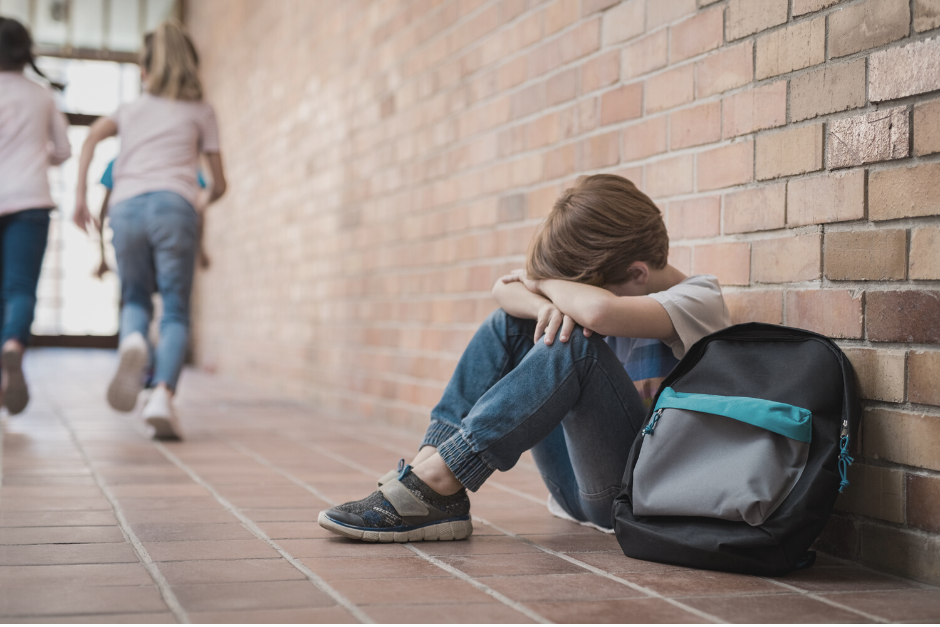A school district in southwestern Missouri recently voted to reinstate corporal punishment for students with parental permission. The decision was made after an anonymous survey in the Cassville School District found that both parents and teachers were concerned about a rise in misbehavior. According to school officials, parents mostly support the new policy as a valid form of discipline.
The Missouri decision is alarming to anyone who works with children in the mental or public health arena. Decades of research shows that spanking or any other type of corporal punishment is detrimental to children. Students who are hit at school, typically do not fare as well academically as their peers and suffer both physical and psychological trauma.
From a trauma-informed perspective, corporal punishment is bad for the child and tends to backfire.
Children who are spanked have less guilt about misbehavior and are more concerned about being caught, are more likely to abuse their own children and spouses when they grow up, are more aggressive and have a higher rate of antisocial and criminal behavior, both in childhood and as adults. They feel fear, anger and humiliation, which results in resentment rather than disciplinary benefits.
Spanking sends the message that physical aggression is an acceptable way to solve problems. And, we know children do what we do, not what we say. It is particularly counterproductive with children who have backgrounds of abuse, neglect, and disrupted attachment. They already feel insecure and angry, interpret other people’s behavior as hostile, and lack trust for the adults in their lives. Spanking only reinforces and magnifies these emotions and perceptions.
Consequences Vs. Punishment
Some people believe spanking is necessary to keep children from becoming undisciplined and unruly, they have the “spare the rod and spoil the child” mentality. However, during more than 40 years of working with challenging children, we have found providing structure, setting clear limits and giving children choices and reasonable consequences is a far more effective way to teach appropriate behaviors and encourage compliance.
Spanking is a form of punishment. The goal is to inflict hurt and to get even. Children often respond quickly, out of fear, rather than a desire to “do the right thing” or correct their behavior. They don’t learn anything from punishment and therefore are more likely to go back to what they were doing.
Punishment promotes negativity and fuels a child’s defiance. It makes them angry and resentful and more likely to want to get even with the adult in other ways. It also hurts their self-esteem and makes them less likely to trust and want to have a relationship with the adult.
On the other hand, Children who consistently face reasonable and clear consequences for their behavior choices, experience positive growth. They learn self-examination, responsibility and cause-and-effect thinking. Over time, they develop an inner voice of accountability and self-control. Consequences send the message that the child is capable of taking responsibility for their actions and making better choices.
Consequences can include having a child lose privileges, perform extra chores or make amends. They aren’t prompted by anger and don’t humiliate or hurt. Instead, they teach, which is what we should expect from schools. The negativity of corporal punishment only reinforces negativity in the classroom.



I believe that’s why lots of kids in the olden days were scared to go to school. Unfortunately teachers weren’t very smart or they would’ve looked into other ideas. Eg asking the child why they did what they did. Not being able to play sport for the day. Corporal punishment only leaves kids with NIGHTMARES.